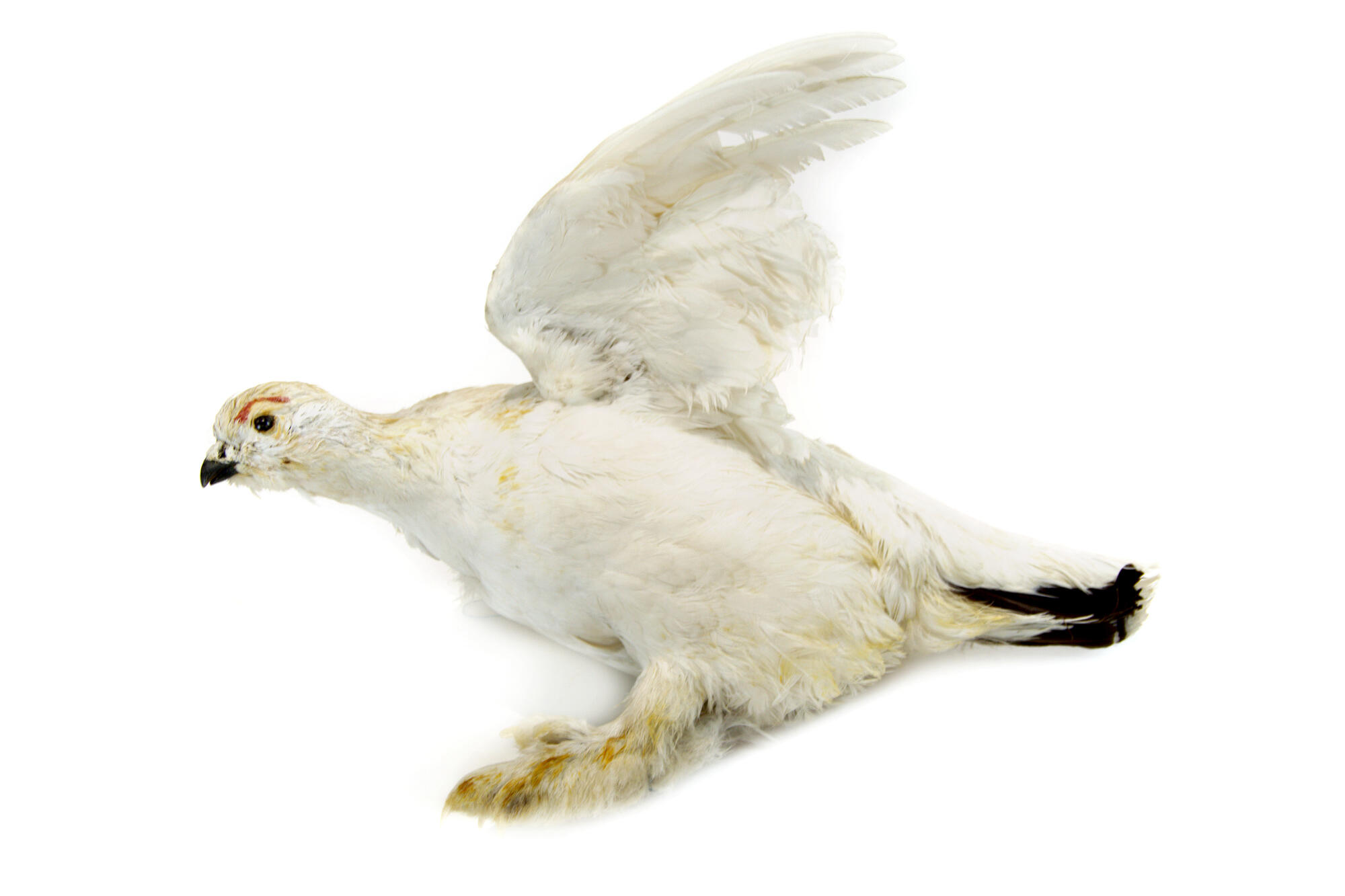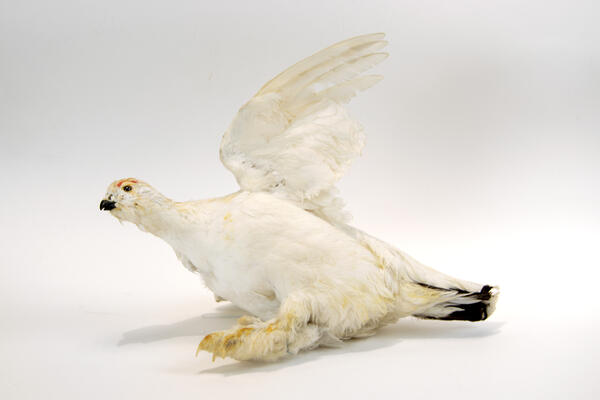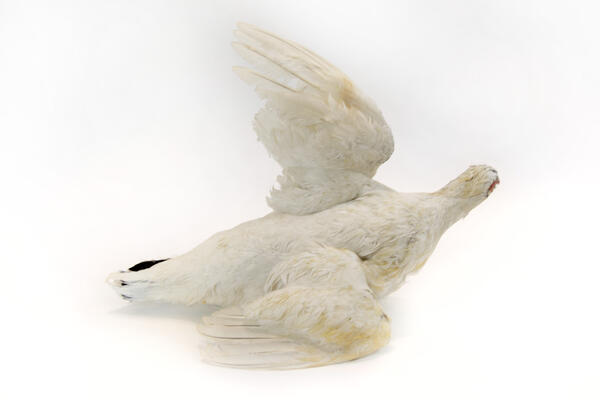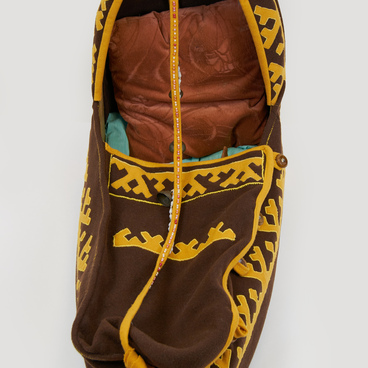The partridge is a widely known common bird, an inhabitant of the tundra, taiga and forests of the Northern Hemisphere. In all Slavic languages, its name — “kuropatka” — means a bird that looks similar to a hen (“kuritsa”), and it belongs to the grouse family. This bird has a markedly developed mimicry — the state of a living creature when it changes its appearance depending on the environment and weather conditions. The partridge changes its plumage so that it becomes quite unnoticeable to the naked eye.
There are mentions of the partridge in world culture. An ancient Greek myth recounts a malign act of an ambitious architect named Daedalus. He threw his student, who surpassed him, down from a rocky outcrop. But the young man did not die: Athena turned him into a partridge. As if remembering this fall, the partridges do not like to fly high and prefer to stay on the ground most of the time.
Some of the representatives of this species are the willow ptarmigan and rock ptarmigan. The rock ptarmigan is a small bird that differs from its white counterpart by its smaller size and coloring of plumage. Partridges are sedentary birds. Sometimes, their coveys change the nesting territory, and this migration may result from the area being overcrowded. This happens when the birds have healthy and numerous offspring. A harsh winter is also one of the reasons why partridges migrate. Those living in mountainous areas prefer to settle in lowlands for the winter. Development of territories and anthropogenic activities also contribute to the migration.
Partridges do not like flying: they spend most of their time on the ground and rise into the air only in case of danger. Not the best aerodynamic performance is evidenced by the noise that accompanies their takeoff. While gaining altitude and flying, partridges alternate quick and loud wingbeats with floating. However, the ability to fly, run fast and hide well does not ensure the bird’s safety. All predators, from domestic cats to foxes and wolves, prowl the fields in search of partridge nests and coveys. The flying aggressors — hawks, buzzards and harriers — are just as dangerous as the ones on the ground. Apart from predators, harsh winters can also pose some dangers for partridges. So, they prefer to stay in coveys in places with mild and snowy winters. They settle near winter fields, along the banks of reservoirs and in thickets of bushes.
The partridge feeds on buds and birch
inflorescences. In the summer, it eats flowers, fruits, and seeds of various
grasses: the Vaccinioideae subfamily, crowberry, rockfoils, and heather; it
also likes axillary buds of viviparous buckwheat and berries of blueberry and
bog bilberry.





